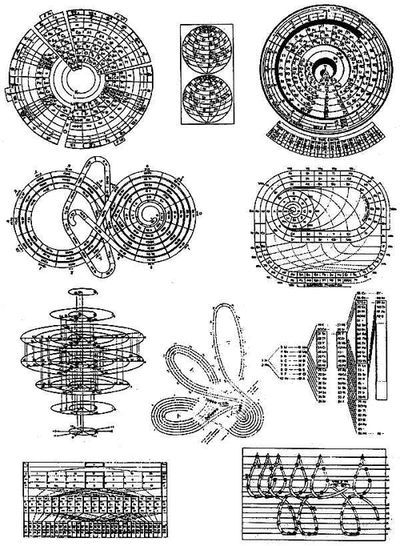title:Implementation
Matrix (1983-85)
As stressed above the classification is designed to be modified. For the 1983-85 editions the design can best be described in terms of the classification matrix and specifically in terms of the definition of its 'semantic cells' on the basis of the levels (rows) and columns in Figure 7. As pointed out above, the choice of levels, columns and cells resulted from an iterative process aimed at ensuring an interesting and functionally meaningful balance within the pattern as a whole.

